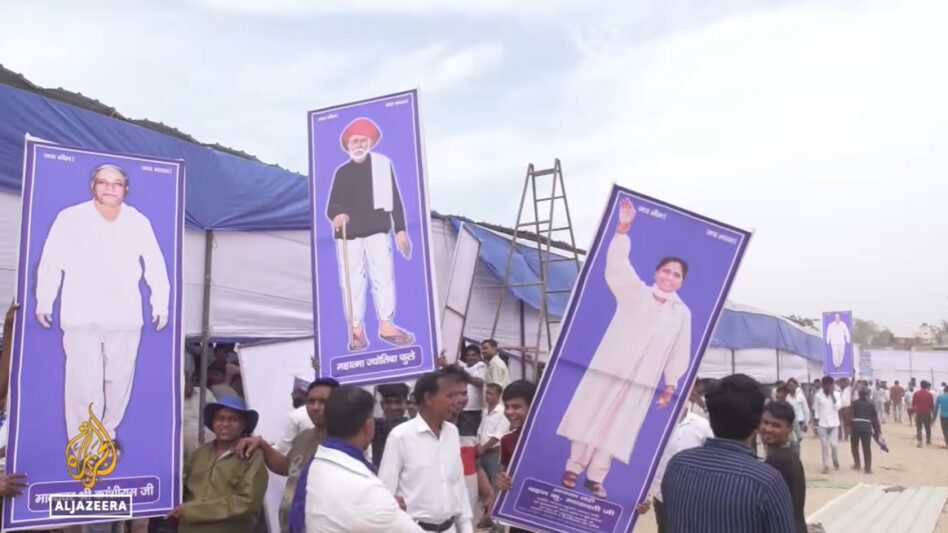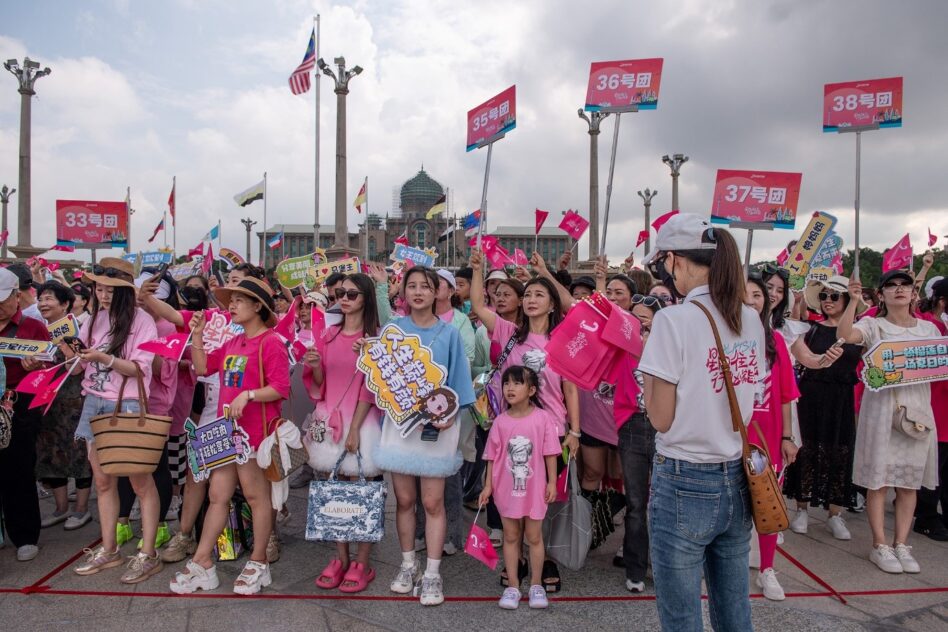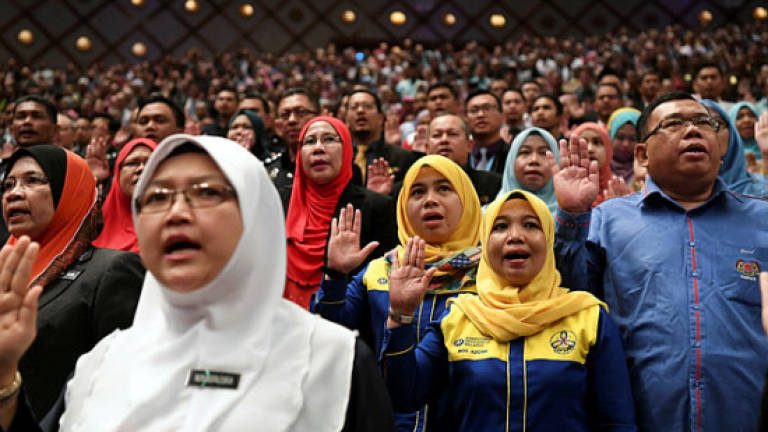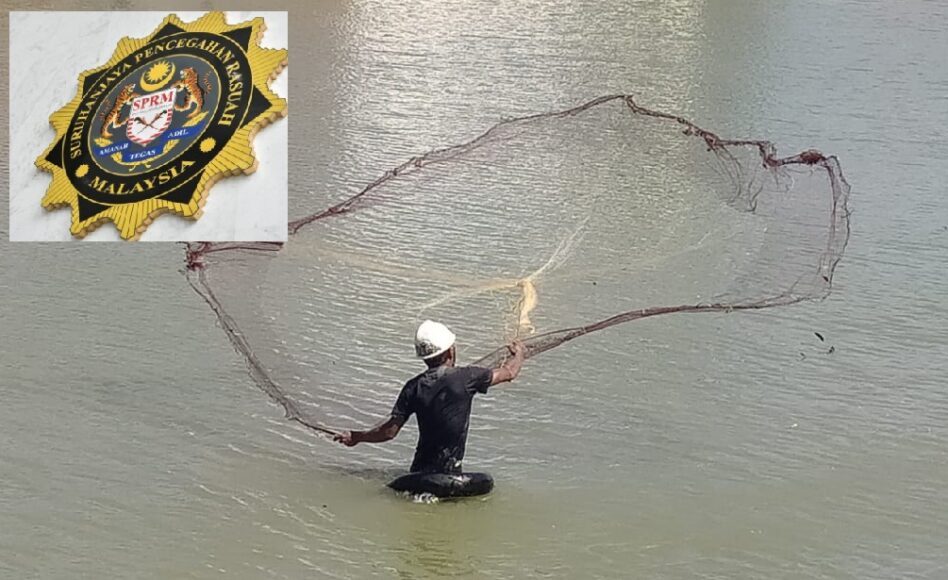By Mahbob Abdullah
I now live in Kuala Lumpur, and having worked for many years in plantations, it was good to ride on the rural winding road recently going from Karak to Kemayan, both in Pahang. The road was beside a small river, and there were durian farms, all lovely scenery. I passed the rubber trees that belong to a big company, and then reached the oil palm plantation of 500ha that is producing a very high crop compared to what it was a few years ago.
I was a guest of Mohd Damanhuri Mohd Jamli, the chairman of Koperasi Ladang Bhd that owns the plantation. He is a planter with wide experience. After his team at Ladang Bukit Keramat had given me a briefing, we went to see the palms in the field that stretched by the mountain range and for that reason the land was hilly in many parts. Because of the rain shadow it did not get much water and the rainfall rarely exceeded 1,500mm a year in the last five years.
His team had surveyed the area by drone, done to precision by his executive Nor Adzuan. He had charted the terrain, the palms per hectare, as well as the streams and drains. With that information the team had put in an irrigation system using solar panels for energy to pump the water from the pools that have been made, to go up the slopes in pipes and then flow along the terraces. The CEO of the cooperative, Mohd Tarmizi, explained the details as we went along. In the streams were water wheels that sent the water through hoses that run on the flat land.
The palms get the water evenly, and does not have to rely only on rain. Irrigation is a big factor in raising the crop volume. Although they are over 20 years old, the palms have increased their yield from 19 tonnes per hectare three years ago to 29 tonnes now.
As the wheels turn…
As an additional measure, the team is using the “Shakaerator” which is a tractor-mounted set of blades that cut and turn the soil in the interrow so that the water flowing on the ground would seep rapidly into the roots.
I was, of course, having a lot of fun watching the pumps working, and the wheels turning in the stream, sending up water through the hoses, just like the image in my mind but it was the first time that I saw it happen on the ground. The water gets to the palms regularly, and the power is virtually free.
So it is good to see new technology that was not there when I had started planting all those years ago. Since then plantations had benefited from research work which gave improved hybrids and clones. And natural pollination by insects imported from Cameroon had made the bunches grow bigger.
Coordination too has improved. Estates used to have single phone lines and walkie-talkies were not allowed. Now with handphones it is much easier to find the drivers and know if a lorry load of fertiliser is on its way to the field. Communication is so much easier. You can get your crop reports on your handphone at the end of the day. For a quick inspection, the drone can be sent up to do a check on the fields for any bunches that should have been picked up but still left by the roadside. It saves time on checking.
A planter who was a pilot used to check his plantation each morning by going up on a microlight, while the air was clear and fresh. He would have covered the estate in a smooth flight and he would be back home for another cup of coffee before driving to the spots where he would want to have a closer look.
Other plantations and owners might want to use similar ways on water management, and probably even do fertigation so the palms can get the food and water with the right timing. There can be more certainty that the fertiliser gets to the ground and spread evenly with the water.
New entrants
With higher production, the costs per tonne of palm oil would drop and the plantations could remain in profit even when the prices are low. There is the risk that prices can go down with competition from the increasing volume of production from Indonesia, and the entry of other areas such as Mindanao and South America. For other vegetable oils, such as soya, we read that the costs are going down with the use of new technology and automation.
There are of course many breakthroughs in other industries using the latest technology. But in the plantations we are yet to know how it can be applied. Perhaps the industry should form a team of scientists and planters to see how to use Artificial Intelligence, IOT, Big Data, and sensors in order to raise productivity. Perhaps sensors can detect the right level of ripeness of a bunch so the harvester would know for sure it would be the right time to cut it and not a day sooner, so that all the oil would have been formed.
In the same way the plantation owners may wish to band together to find a way to mechanise harvesting. It needs a solution urgently. The shortage of labour may get worse if some of the major suppliers of labour decide to close their borders. In the past we had left the work mainly to MPOB but we are still far from finding a way, particularly for tall palms. Now as labour is scarce and as rates go up, it is clear the industry will have to step up the pace, and go out to get the brains and technology even if they are present only overseas.
We have to find ways to improve pollination. The fruit set is low especially in Sarawak, the fresh fruit bunches do not grow to full size and it reflects on the yield. It was in 1981 that the import was done and the study was only in Cameroon. Now, many other countries such as Gabon and Uganda have large plantations, and they might also have effective pollinators.
So it was a memorable visit to the plantation in Pahang. Koperasi Ladang has a bigger plantation near Mersing in Johor where it is doing more innovative work. Perhaps one day I can go and see what they are doing there. – March 6, 2020
Mahbob Abdullah is a former planter










